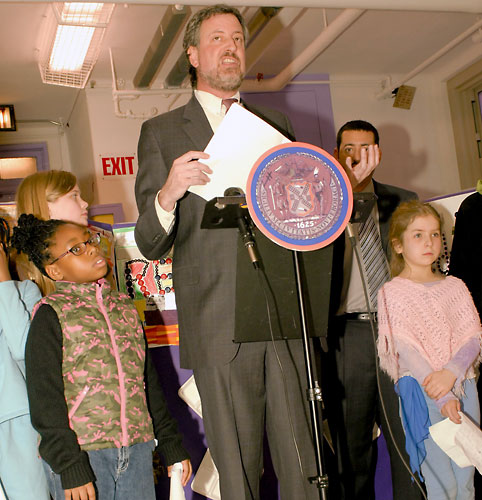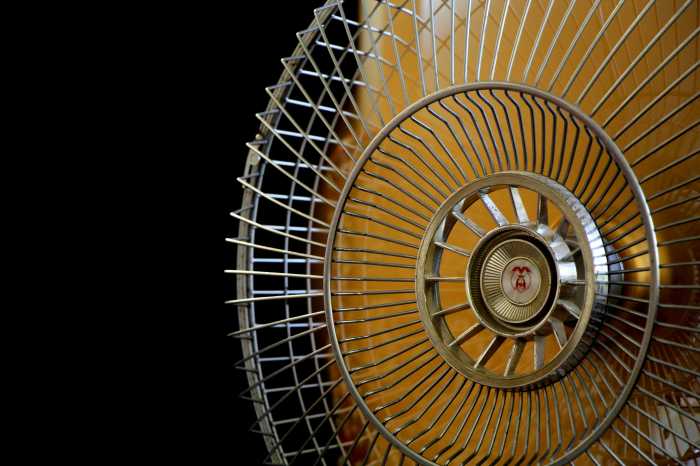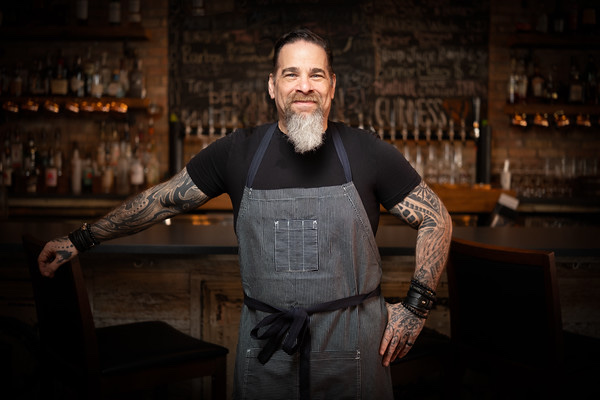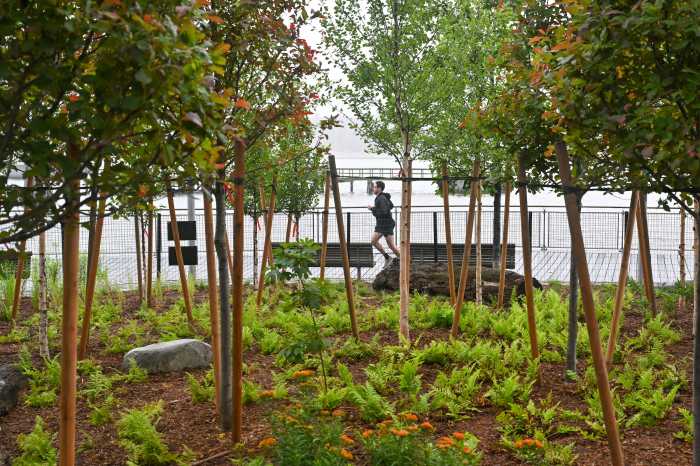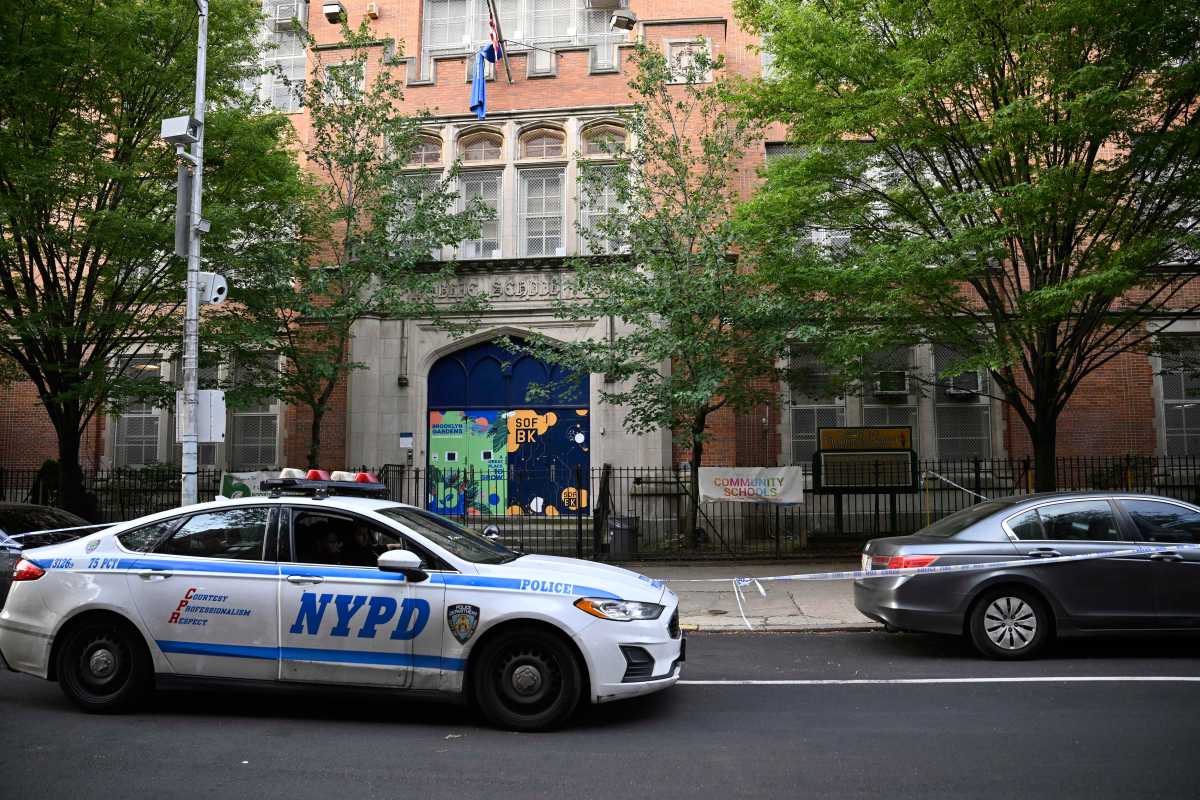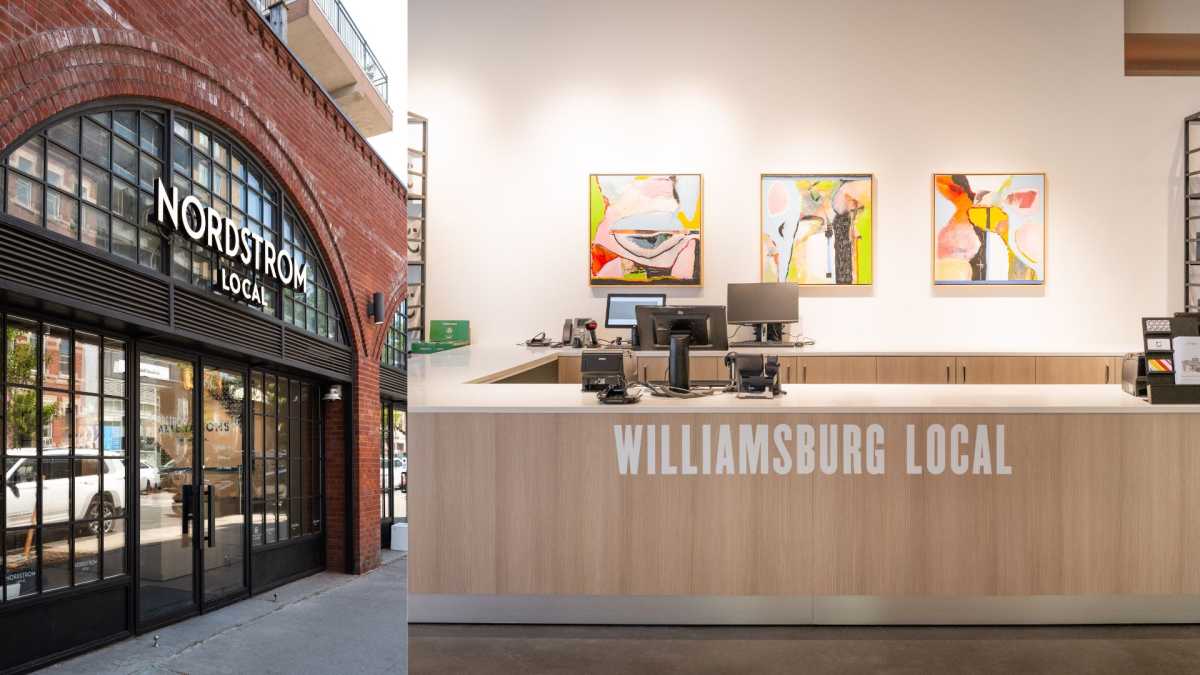A Windsor Terrace’s elementary school became the first in the city this week to abandon environmentally hated Styrofoam trays in favor of a newfangled pressed sugar cane version — but the school is doing it on its own, as the Department of Education refused to swallow the additional costs associated with going “green.”
In the latest salvo in Councilman Bill DeBlasio’s ongoing food fight against the city over cafeteria waste, PS 154 on 11th Avenue became the first city school to abandon cheap but environmentally taboo Styrofoam and replace it with a biodegradable version.
DeBlasio (D–Park Slope), who has authored bills to ban Styrofoam from all city agencies, applauded the school’s “bold step,” which was underwritten by Brooklyn Industries and the Juice Box, a wine store.
“I hope this is the first step towards changing this policy citywide,” DeBlasio said over the lunchroom din on Tuesday.
DeBlasio, parents and students have blamed the school system for not finding a green alternative to the 850,000 Styrofoam trays that get thrown away each day — trays that sit in landfills for up to 10,000 years before breaking down. The kids agreed with the towering councilman — and were happy to take questions from the press.
“Styrofoam should be banned from all schools because if we keep throwing it away the Earth will turn into a giant landfill and be disgusting,” said Sophia Thompson, a fourth grader.
That shouldn’t be a problem with the trays made from a sugar cane fiber known as bagasse, left over from the juicing process.
After landing in a compost pile or landfill, the bagasse trays break down within 45 days. (They break down a lot quicker when forced to carry the wettest, heaviest foods that lunch ladies can dole out, as our investigation revealed.)
The Department of Education acknowledges the environmental dilemma, but said it won’t ban Styrofoam — a Dow Chemicals brand name for a lightweight polystyrene made from toxic substances benzene, styrene and ethylene — because it’s almost 33 percent cheaper than the fibrous sugar cane alternative.
“The cost is the obstacle,” said agency spokesperson Marge Feinberg.
Of course, if the city insists on sticking with Styrofoam, there is also a better, more cost-effective way of dealing with the hundred-million-plus trays used every year.
According to a New Jersey recycling company RecycleTech, those trays can be cleaned, compressed into denser material and reincarnated into new lunch trays — using the companies machines, of course.
Whatever solution the city chooses, parents say it will be better than the contradictory messages children receive between the classroom, where conservation is taught, and the lunchroom, where trash is produced.
The schools should be “helping our children feel like the world is going to be a good place when they grow up,” said PS 154’s Parent Teacher Association co-president, Eva Lewendowski.
For now, that lesson will have to wait: The school is currently figuring out how to dispose of the dozens of boxes of unused Styrofoam trays stacked up in its cafeteria. Given the circumstances, throwing them out does not appear to be an option.


